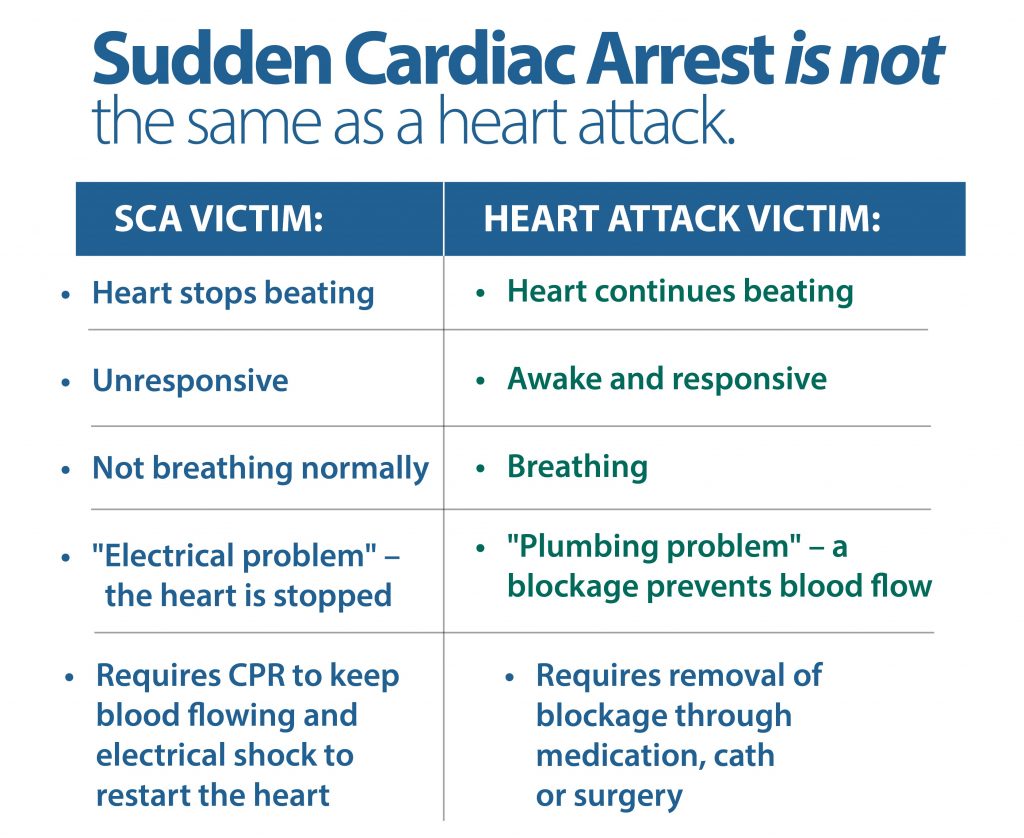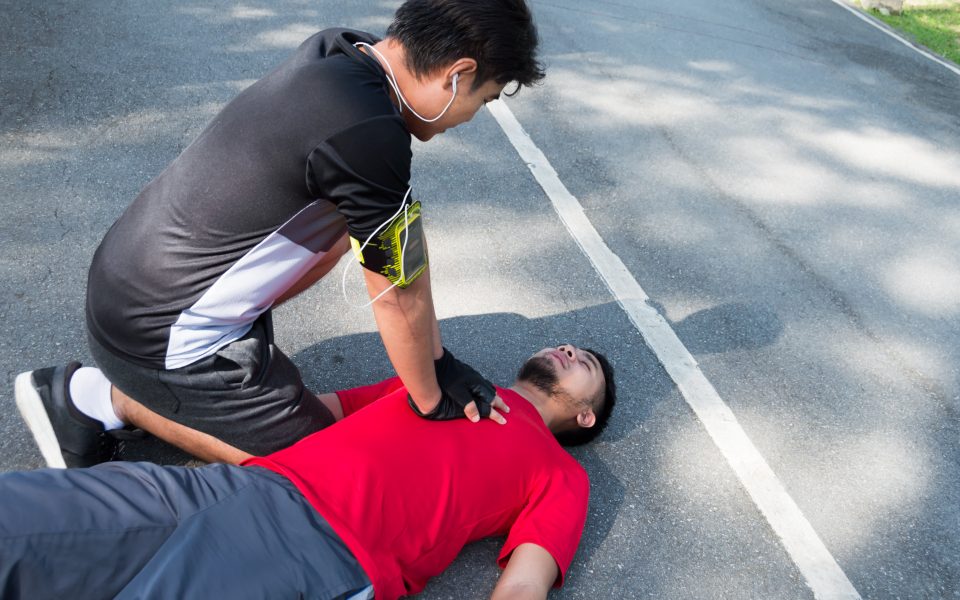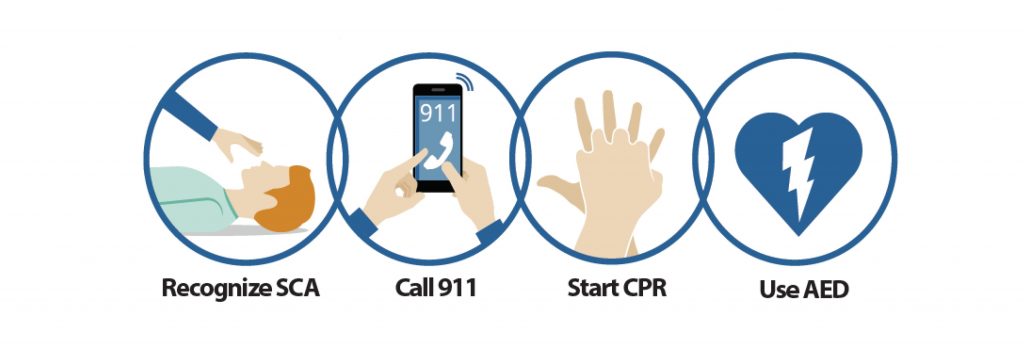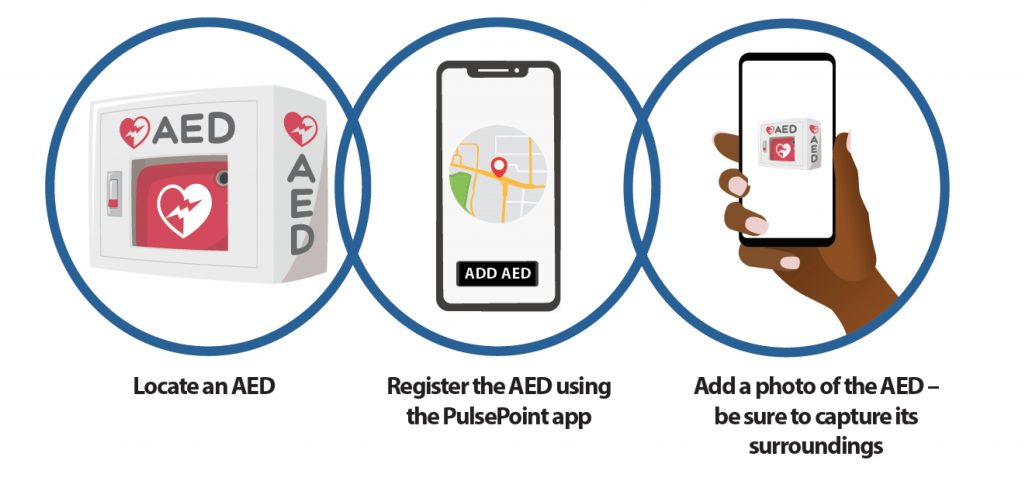Become a Hero Be Aware, Be Prepared, Save a Life

Sudden cardiac arrest occurs when the heart unexpectedly stops beating. This life-threatening condition can strike individuals – including the young and healthy – without warning. SCA does not discriminate by age, gender, race or fitness level.
Each year, more than 350,000 thousand Americans experience SCA outside of a hospital setting. This means that approximately 1,000 people become victims of this emergency medical condition every single day – at home, at work, at the grocery store or even in the middle of an athletic competition.
By being aware and prepared to respond, you can save lives.
Don’t let fear keep you from taking action. It takes courage to step up and provide care in the event of a cardiac emergency, and as a rescuer, you are protected under Ohio’s Good Samaritan Law.


